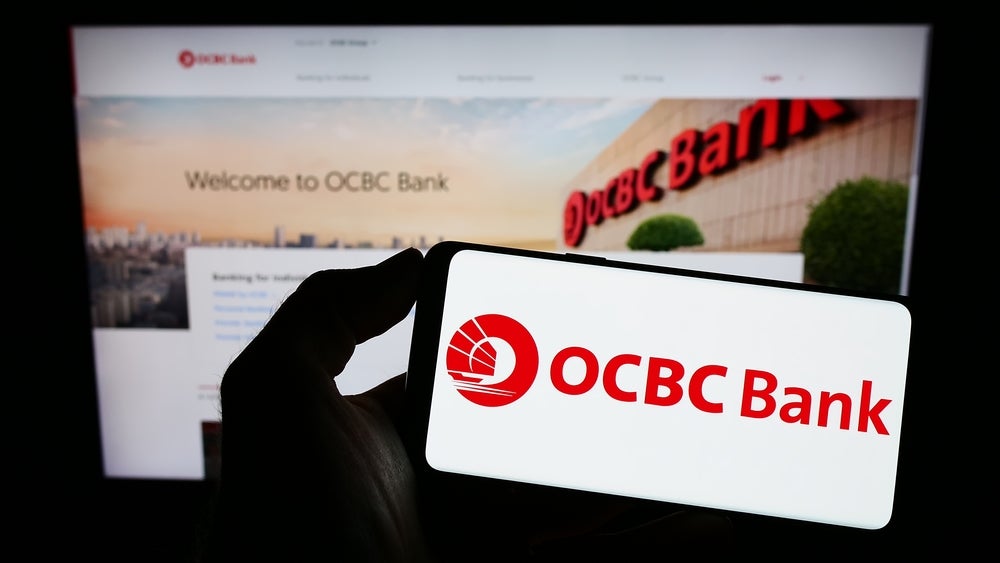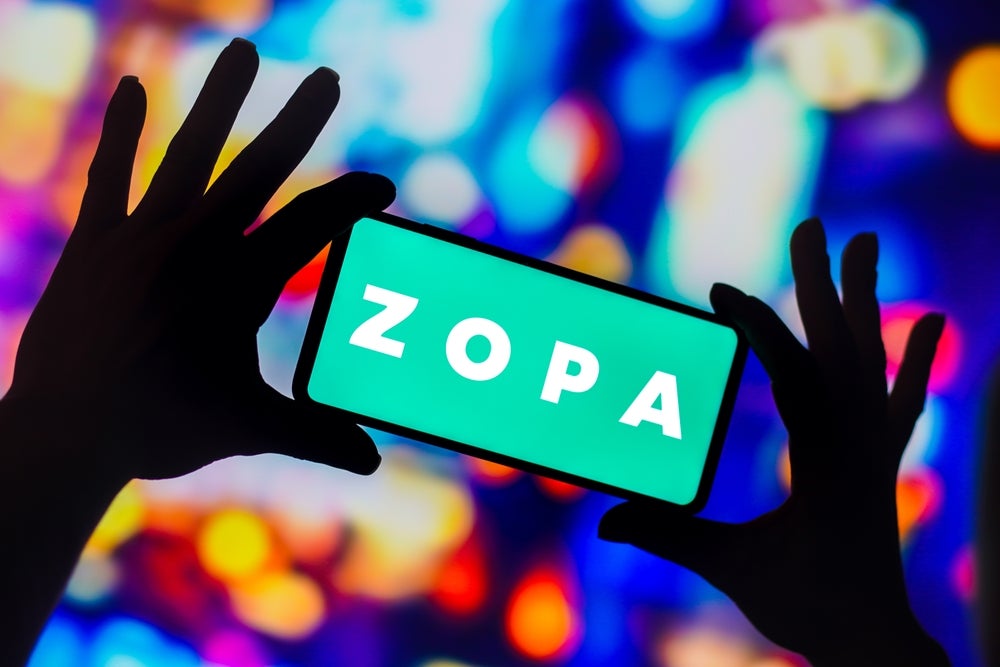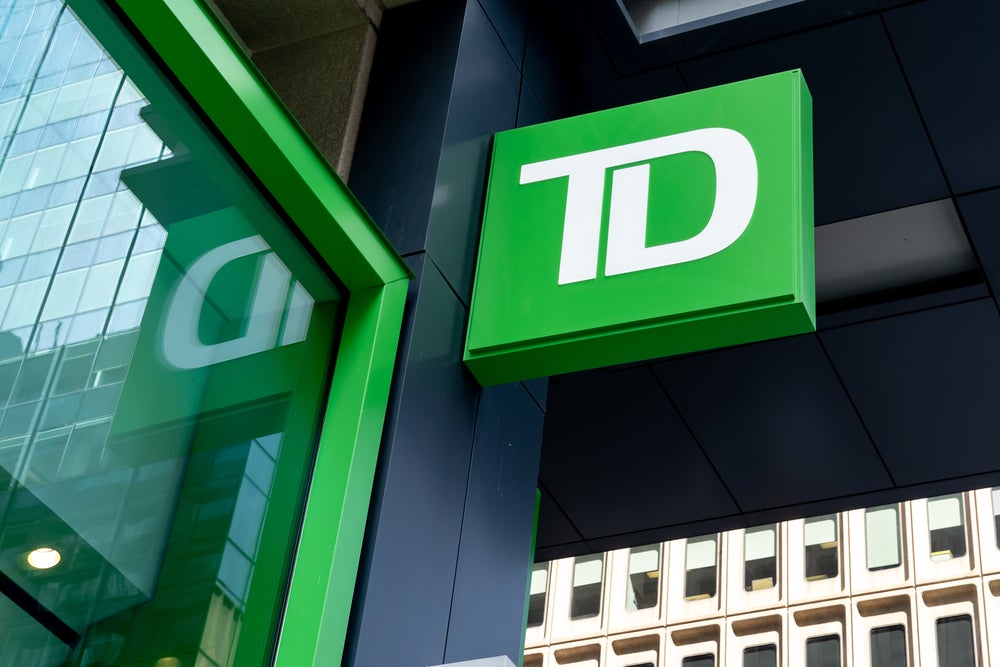
Metaverse banking may yet come into its own, but for now the risks are greater than the rewards. Over the last four years, many financial services providers (FSPs) including Mitsubishi UFJ, PayPal, and Citigroup have shown interest in the metaverse. Some have even bought virtual land to build interactive experiences inside metaverse hosts like Decentraland, hoping to drive customers to their real-life offerings.
The problem with this, as GlobalData’s new Metaverse in Banking – Thematic Intelligence report suggests, is that the user base of metaverse products has dwindled since its heyday in 2020. Alongside that, the virtual land, that costs real money, fluctuates in value based on the cryptocurrency it’s tied to, making it volatile. Despite this, prices for such land remain surprisingly high, with the cheapest parcels in Decentraland available currently costing around $1000.
Additionally, many of these experiences simply pushed users to the websites of the banks or informed them of new products, raising the question of whether the advertising budget could not have been better spent through more traditional channels.
A few FSPs have provided more unique offerings. US bancorp Ally Financial worked with college students to create a Minecraft world called Fintropolis, an educational tool for children that gamifies financial education on fraud, savings and stocks among other topics.
Singaporean bank DBS launched a world in The Sandbox, a similar service to Decentraland. SingaporeVerse was a virtual world showcasing their Environmental, Social and Governance efforts – though banks may face backlash against such creations due to the large ecological costs of hosting blockchain-based applications.
The only other conceivable benefit to banks of investing in the metaverse is the extraction of fees from transactions made inside it. Given that most metaverses run on virtual currencies, be they cryptocurrencies proper or simply in-game tokens, it is unlikely that banks will be able to facilitate peer-to-peer transactions, but there may be some scope for hosting real-world to digital currency transactions. These are needed in order to turn real money into digital assets and back again.
How well do you really know your competitors?
Access the most comprehensive Company Profiles on the market, powered by GlobalData. Save hours of research. Gain competitive edge.

Thank you!
Your download email will arrive shortly
Not ready to buy yet? Download a free sample
We are confident about the unique quality of our Company Profiles. However, we want you to make the most beneficial decision for your business, so we offer a free sample that you can download by submitting the below form
By GlobalDataCurrently, only some banks allow users to transfer funds into cryptocurrency accounts, but by embracing this technology they may be able to generate value from the few users the metaverse has.
The billions of dollars of funding that the metaverse has had, alongside a continued interest from some large tech companies means that there is still the possibility of the ‘crypto winter’ ending, and if it does, banks should reinvest in the sector. For now, though, the small user base and lack of clear benefit means the risks are simply not worth it.







